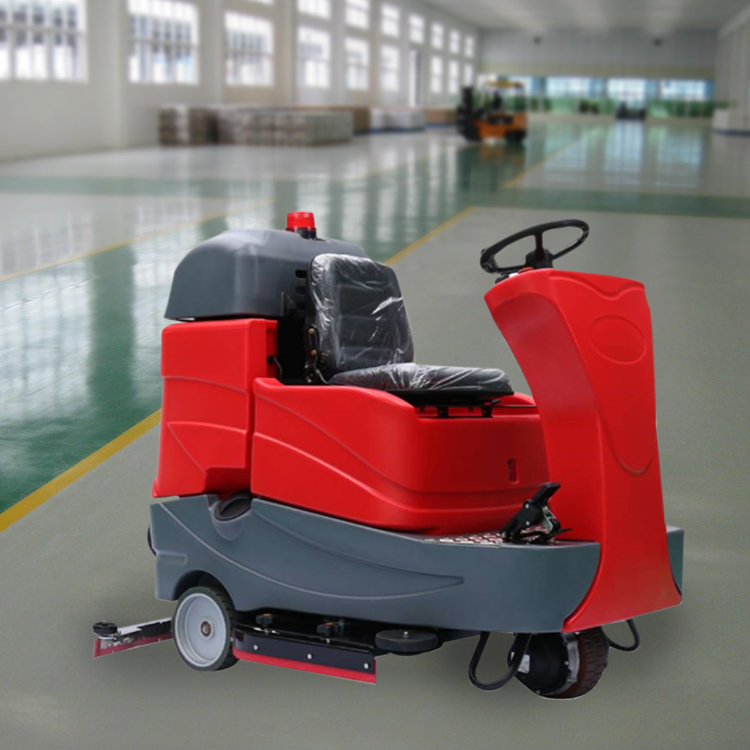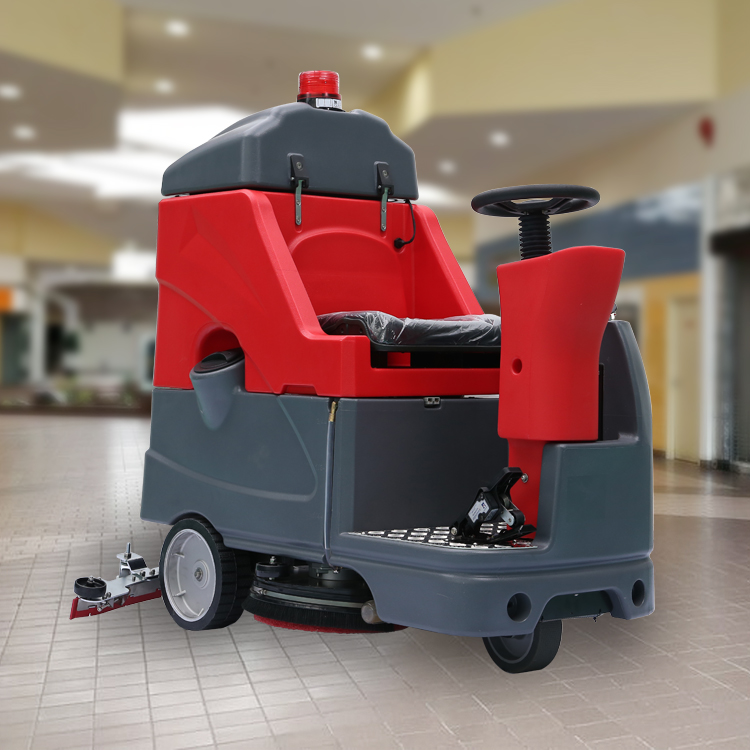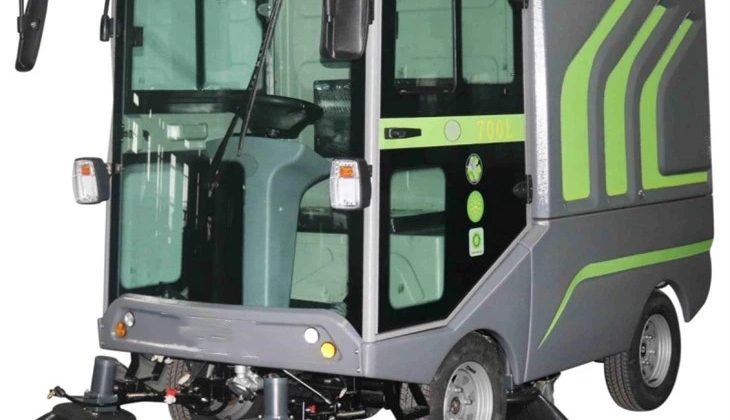
Let me start with a confession: I used to hate floor maintenance days at our manufacturing plant. Picture this – six guys pushing heavy walk-behind sweepers while dodging forklifts, half-cleaned debris trails, and that one coworker who “accidentally” misses his section. Then last year, we invested in a large industrial ride-on sweeper. Game. Changer.
Maintenance doesn’t have to feel like punishment. These machines aren’t just oversized Roombas; they’re productivity boosters disguised as cleaning equipment. The right model can cover 150,000 sq ft/hour (yes, I timed ours), which means our team spends 70% less time sweeping and more time on actual production tasks. But here’s what nobody tells you – not all large industrial ride-on sweepers are created equal.
Last month, our maintenance lead (shoutout to Dave) discovered something wild. Our sweeper’s filter system was installed backward for THREE MONTHS. We’d been complaining about “reduced suction power” while literally working against the machine. Moral of the story? Training matters as much as the equipment.
**What to Look For (Beyond the Price Tag):**
– Battery life that outlasts your longest shift (ours runs 8+ hours)
– Turning radius tighter than your office politics (awkward but necessary)
– Brush pressure settings – because concrete floors and epoxy coatings need different treatments
– Dump capacity – unless you enjoy mid-shift garbage pit stops

Pro tip: Test the seat comfort. You think I’m joking? Try riding a poorly padded unit for 4 hours. Your back will write you a resignation letter.
**The Unspoken Benefit Nobody Talks About:**
Since switching to a ride-on model, we’ve had 42% fewer slip incidents. Turns out, consistent floor cleaning actually prevents oil and dust buildup (who knew?). Our insurance adjuster did a double-take during the last safety audit.
**My Personal “Aha” Moment:**
Two weeks ago, I actually volunteered to cover a sweeper shift. Not because I’m a clean floor enthusiast (though my wife wishes), but because it’s weirdly satisfying. There’s zen in watching those spinning brushes devour metal shavings like a mechanical Pac-Man. Plus, the Bluetooth speaker hookup? Chef’s kiss.
Common Mistake Alert: Always check the tire pressure. Under-inflated tires reduce sweeping effeciency (see what I did there?) and leave streak patterns. Ask me how I know.
**When to Upgrade:**
If your team spends more than 15% of their shift on floor care, you’re bleeding money. Do the math: labor hours x wage rate vs. sweeper ROI. Our break-even point was 11 months – actual results came in at 9.
**The Maintenance Cheat Sheet:**
1. Daily: Empty debris hopper (even if it’s “not full”)
2. Weekly: Check brush wear – bald brushes are worse than bald tires
3. Monthly: Battery terminal cleaning (prevents corrosion drama)
4. Quarterly: Professional inspection (worth every penny)

Fun story: We once found a missing wrench in the hopper. Mystery solved without the usual “who touched my tools?” meeting.
**Final Thought:**
Investing in a proper large industrial ride-on sweeper isn’t about clean floors – it’s about reclaiming time. Since implementing ours, we’ve redirected 300+ annual labor hours to machine maintenance and quality control. The best part? Our plant manager finally stopped using the phrase “budget dust bunny” in meetings.
Still using brooms in 2024? Your competition isn’t.

